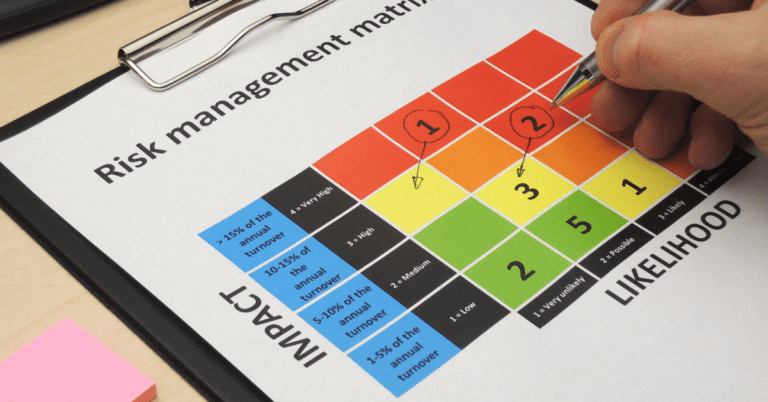Sustainability has become a crucial element for long-term success, offering benefits such as cost reduction, risk management, regulatory compliance, and a better competitive edge. It also plays a significant role in attracting talent, improving brand reputation, and strengthening relationships with stakeholders.
With issues like carbon emissions, resource use, and community engagement at the forefront, understanding which sustainability factors impact an organization’s value is essential for making informed decisions.

BayCoast appreciates the support provided by Wolf’s Climate Sustainability team throughout this project. This was a collaborative effort by the bank’s project team and Wolf to highlight climate matters most relevant to the BayCoast’s stakeholders and value, forming the foundation of a sustainability program that is the right size for our organization.”
Gary Vierra
SVP & Chief Risk Officer , BayCoast Bank
Challenge
Similar to many banking organizations in recent years, the Executive Management Team and Board of Directors at BayCoast Bank championed several sustainability initiatives, including climate risk management and the development of loan products tailored to the evolving climate economy. Such initiatives were prioritized in the absence of any regulatory requirements.
However, like many community banks, BayCoast leadership was acutely aware of the limited resources available to advance these sustainability initiatives. To address this, BayCoast leadership allocated responsibility for environmental initiatives across various project champions, given the depth and complexity of each topic.
BayCoast took a strategic step by laying a solid foundation for its environmental sustainability program. After conducting a Climate-risk Vulnerability Assessment with the SaaS-based WolfPAC Integrated Risk Management solution, the project team identified the need for a structured approach to prioritize environmental initiatives that were most impactful to their stakeholders, as well as to enhance the bank’s existing sustainability processes and operations.



